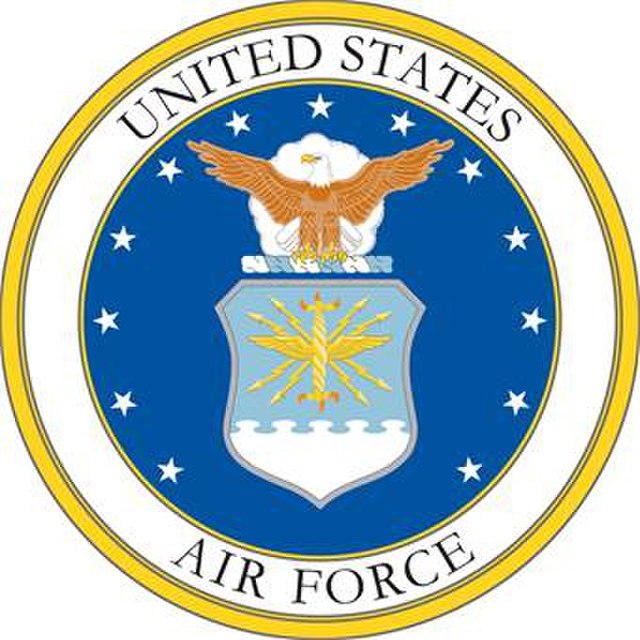Even early on, the Air Force figured out that any wiggle room left in a specification would be exploited against their best interest and needed to be avoid wherever possible if they were going to be successful in their mission of protecting America. The following is a copy of one of their attempts at controlling the trend.
United States Air Force Guidelines circa 1950's

PHRASES PERMITTING VARYING DEGREES OF APPLICATION
TO BE AVOIDED IN PLANS AND SPECIFICATIONS
- To the satisfaction of the Contracting Officer
- As determined by the Contracting Officer
- In accordance with instructions of the Contracting Officer
- As directed by the. Contracting Officer
- In the opinion of the Contracting Officer
- In the judgment of the Contracting Officer
- Unless otherwise directed by the Contracting Officer
- To furnish if requested by the Contracting Officer
- All reasonable requests of the Contracting Officer shall be complied with
- Photographs shall be taken when and where directed by the Contracting Officer
- In strict accordance with
- In accordance with best commercial practice
- In accordance with best modern standard practice
- In accordance with the best engineering practice
- Workmanship shall be of the highest quality
- Workmanship shall be of the highest grade
- Accurate workmanship
- Securely mounted
- Installed in a neat and workmanlike manner
- Skillfully fitted
- Properly connected
- Properly assembled
- Good working order
- Good materials
- In accordance with applicable published specifications
- Products of a recognized reputable manufacturer
- Tests will be made unless waived
- Materials shall be of the highest grade, free from defects or imperfections, and of grades approved by the Contracting Officer
- Kinks and bends may be cause for rejection
- Carefully performed
- Neatly finished
- Metal parts shall be cleaned before painting
- Suitably housed
- Smooth surfaces
- Pleasing lines
- Of an approved type
- Of standard type
- When required by the Contracting Officer
- As the Contracting Officer may require
- Of an approved nonmetallic material
- Lightning arresters of proper characteristics for the system to which they are connected
- In a condition satisfactory to the Contracting Officer
- Where the Contracting Officer so decides
- In the judgment of the Contracting Officer
- To a depth satisfactory to the Contracting Officer
- By the use of approved methods
- Of sound manufacture
- At the discretion of the Contracting Officer
- The product of a recognized manufacturer
- In an acceptable manner
- Erected in a rigid and substantial manner
- In an approved manner
- Of the most recent proved type
- Suitably sized samples
- Except as otherwise directed in writing by our Contracting Officer
- The Contracting Officer may require
- If the Contracting Officer so requires
- In a substantial steel housing
- A high-quality, baked enamel finish
- Of suitable type and size
- Properly housed
- Unit heaters considered by the Contracting Officer to be objectionably noisy shall be replaced
- In a manner acceptable to the Contracting Officer
- Relatively air-tight joint
- To the entire satisfaction of the Contracting Officer
- In a first-class workmanlike manner
- Securely supported
- Properly fastened
- Shall be installed where shown on the drawings and wherever directed by the Contracting Officer
- Of sturdy construction
- Products of reputable manufacturers
- Effectively cleaned
- Carefully placed
- Of an elliptical or an oral design acceptable to the Contracting Officer
- In accordance with the recommendations of the manufacturer as approved by the Contracting Officer
Another more recent example from a drawing of a control panel cover is:
"All external surfaces must be Class A",
where what is external and what the definition of Class A was not defined.
When queried about this phrase the engineer who put it on the drawing stated:
"It is obvious what is external"
(actually it was not, which is why it was asked about in the first place) and
"Everybody knows what a Class A finish is, it is Class A."
After some unsatisfactory looking parts were received, management ordered a clear specification for Class A and how to test for compliance. Twenty pages of specifications later, there were still occasions where what was desired was not able to be achieved.
Writing a solid and effective specification is not always easy and may require guidance from a lot of experts before it can be mistake-proof.
"All external surfaces must be Class A",
where what is external and what the definition of Class A was not defined.
When queried about this phrase the engineer who put it on the drawing stated:
"It is obvious what is external"
(actually it was not, which is why it was asked about in the first place) and
"Everybody knows what a Class A finish is, it is Class A."
After some unsatisfactory looking parts were received, management ordered a clear specification for Class A and how to test for compliance. Twenty pages of specifications later, there were still occasions where what was desired was not able to be achieved.
Writing a solid and effective specification is not always easy and may require guidance from a lot of experts before it can be mistake-proof.